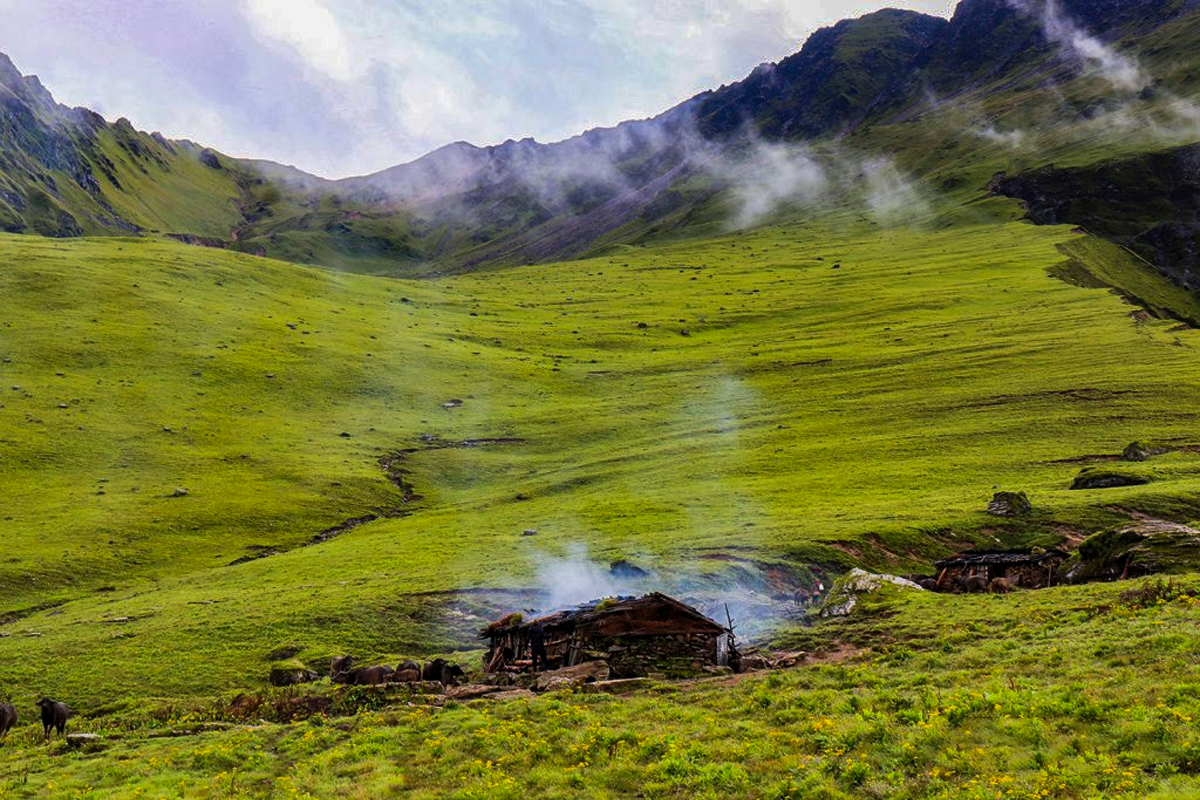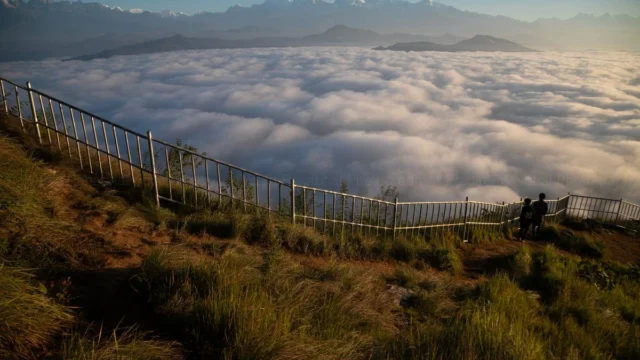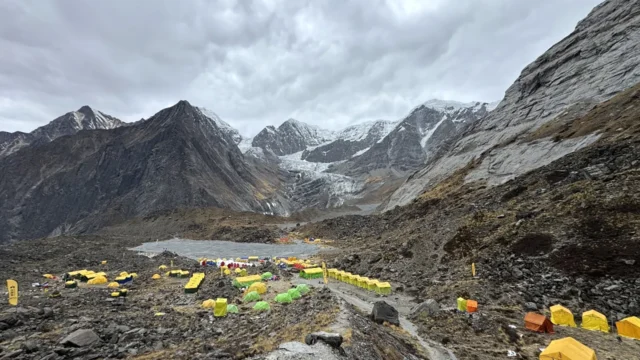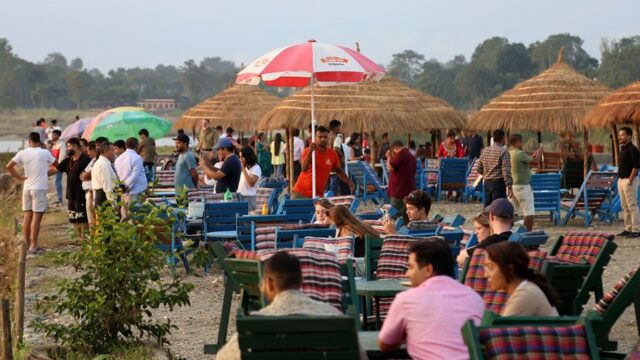The Dhorpatan Hunting Reserve, which spans the districts of Eastern Rukum, Baglung, and Myagdi, has witnessed a significant increase in domestic tourist arrivals, with numbers doubling over the past year.
According to Mandip Pangeni, a conservation officer at the reserve, 581 Nepali tourists visited Dhorpatan in the month of Shrawan 2081 (July-August 2024). “Compared to the fiscal year 2079/80, tourist arrivals in 2080/81 have doubled,” Pangeni stated. “Revenue from tourist entry fees increased from NPR 983,200 in 2079/80 to NPR 1,933,700 in 2080/81.”
In the fiscal year 2080/81, Dhorpatan welcomed 15,573 visitors, up from 7,645 the previous year. This included four tourists from SAARC countries, 102 from other nations, and 15,467 Nepali visitors. In the previous years, the reserve saw 9,919 visitors in 2078/79, 6,703 in 2077/78, and only 320 in 2076/77.
Tourists entering Dhorpatan register their details and pay an entry fee at the checkpoints managed by the reserve and the Nepal Army at the entry point in Deurali. The entry fee is NPR 100 per Nepali, NPR 1,500 per SAARC national, and NPR 3,000 for visitors from other countries.
Ram Bahadur Gharti Magar, the operator of Dhorpatan Community Homestay, mentioned that daily visitors come to Dhorpatan to enjoy the natural beauty, take photos, and share their experiences on social media, especially during the blooming season of the Buki flower. The 21 hotels and homestays in the area can accommodate up to 300 guests daily.
Beyond hunting, Dhorpatan attracts visitors with its stunning plateaus, charming villages, mesmerizing mountains, unique lifestyle, traditional homes and shelters, and opportunities for horseback riding. In the fiscal year 2080/81, the reserve collected NPR 42.68 million in revenue from the hunting of 19 blue sheep (Naur) and 11 Himalayan tahr (Jharal).
In previous years, 19 Naur and 11 Jharal were hunted in 2079/80, 17 Naur and eight Jharal in 2078/79, and 10 Naur and six Jharal in 2077/78. Hunters from countries such as Spain, the United States, Russia, Germany, France, and Belarus frequently visit Dhorpatan during the spring and autumn hunting seasons, according to Man Bahadur Pun, a hunting guide with Global Safari Kathmandu.
The reserve is home to 32 species of mammals and 137 species of birds. The hunting area is divided into blocks named Sundaha, Seng, Dogadi, Barse, Fagune, Surtiwang, and Ghustung, where hunting is permitted.
Since 2067/68 (2010/11), a total of 394 Naur, Jharal, and Ratuwa have been hunted in the reserve. A 2022 survey recorded 1,290 Naur in 79 herds within the reserve. The Dhorpatan Hunting Reserve covers an area of 1,325 square kilometers, with 60% of the territory in Eastern Rukum, 26% in Baglung, and 14% in Myagdi.






